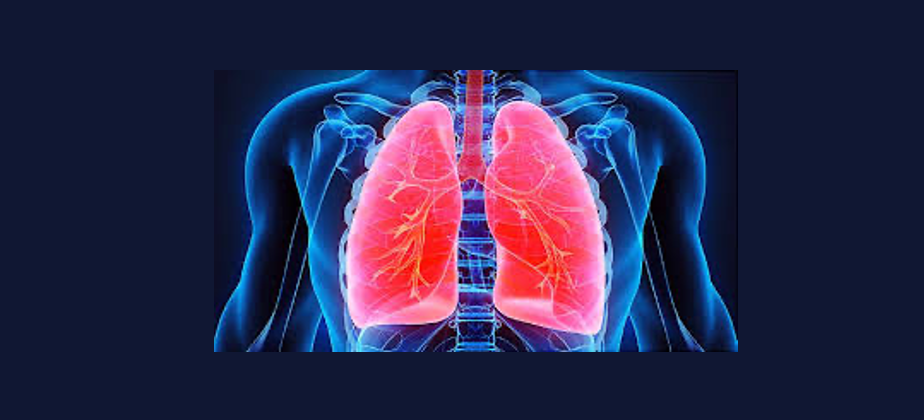
11 Apr WHAT DOES A VIRUS DO TO OUR BODY?
STEP BY STEP: FROM INHALATION TO PATHOGENESIS
Viruses are microbes lying on the grey zone between a living and a non-living microorganism. Simply put, they are encapsulated genetic materials which can do nothing without a living host to provide them with the basic mechanism of replication. The purpose of each virus is therefore to replicate through a ‘host’.
The beginning…
1. Inhalation of virus through mouth or nose.
2. Binding of viral particles on the epithelium (the ‘lining’) of the nasal cavity.
In the case of SARS viruses, the binding occurs when the now-popular viral spikes — found on SARS surface and being responsible for naming this type of viruses ‘coronaviruses’ — find their favorite ‘doorway’, ‘stick’ to it and invade the inside of the cell. This ‘doorway’ is a type of protein (called ACE2 receptor) found on the nasal cavity, but also on other organs too.
3. Local replication and spread of the virus.
4. Migration down the lungs — which is considered up to now the main target tissue of the SARS-Cov2 (read more here) — along the conducting airways; a process known as dissemination from the portal of entry.
This is called the incubation period and is the time between exposure to virus and onset of disease. During this — usually asymptomatic — period, implantation, local multiplication, and spread take place.
Once on the target site…
In the past the World Health Organization reported that the SARS disease (Severe Acute Respiratory Syndrome) typically attacked its target, the lungs, in three successive phases after entering the human body through the nasal cavity and migrating down the respiratory tract:
1. viral replication
2. over-action of the immune system (often referred to as ‘cytokine storm’)
3. lung destruction
Not all SARS patients went through all three phases. In fact, only 25 percent of SARS patients suffered respiratory failure. Likewise, COVID-19 — the disease caused by SARS-CoV2 — causes mild symptoms in most of the cases and critical symptoms to a lower number of cases (according to the first data).
Depending on the type of virus, there are different mechanisms utilized by these microbes to enter a cell. The novel coronavirus (SARS-CoV2) has a special envelope with integrated spikes (specific proteins on its surface) that can specifically bind to receptors on the surface of cells making up the lungs (and most likely other organs too). After binding to the surface receptors of the human cells (similar to a key-lock relationship, yet a bit more complicated), the virus can be endocytosed (‘eaten up’ by the cell) and start utilizing the ‘host’ cell to replicate its genetic material, produce more viral particles and infect more cells.
Mucus lines and protects lungs from pathogens and ensures these vital organs don’t dry out. The cilia cells — located around the mucus — are responsible for clearing out debris, such as pollen, viruses and any other pathogen that makes it to the lung tissue. SARS can infect, replicate within and eventually kill cilia cells as it exits from them. Infected cilia cells are therefore being shed and as a result patients’ airways get filled with debris and fluid. We hypothesize that the same is happening with the novel coronavirus (SARS-CoV-2). Early studies on COVID-19 have shown that many patients develop pneumonia in both lungs, accompanied by symptoms like shortness of breath.
That’s when phase two and the overactive immune response kicks in. Triggered by the presence of a viral invader and signals coming from the dead cilia cells, immune cells set up to eliminate the damage and repair the lung tissue. Under optimal circumstances, the inflammatory process is highly regulated and confined only to infected areas. However, sometimes the immune system gets hyper-activated resulting in killing also healthy tissue besides the infected one. This happens through the release of cytokines — small proteins acting as alarm signals in order to attract more immune cells — which keeps the body on a state of full alert. Overactive immune response leads to the so-called ‘cytokine storm’, which in turn results in a big load of immune cells attacking the lungs — potentially other organs too — and could even lead to death. As nicely put by Angela Rasmussen, a virologist at Columbia University: ‘Instead of shooting at a target with a gun, you’re using a missile launcher’.
During the third phase, lung damage can continue, resulting in respiratory failure. Even if death doesn’t occur, some patients survive with impaired lung function. According to the WHO, SARS could sometimes cause punched holes in the lungs, giving them “a honeycomb-like appearance” and these lesions have been occasionally noticed in those afflicted by the novel coronavirus, too.



Sorry, the comment form is closed at this time.